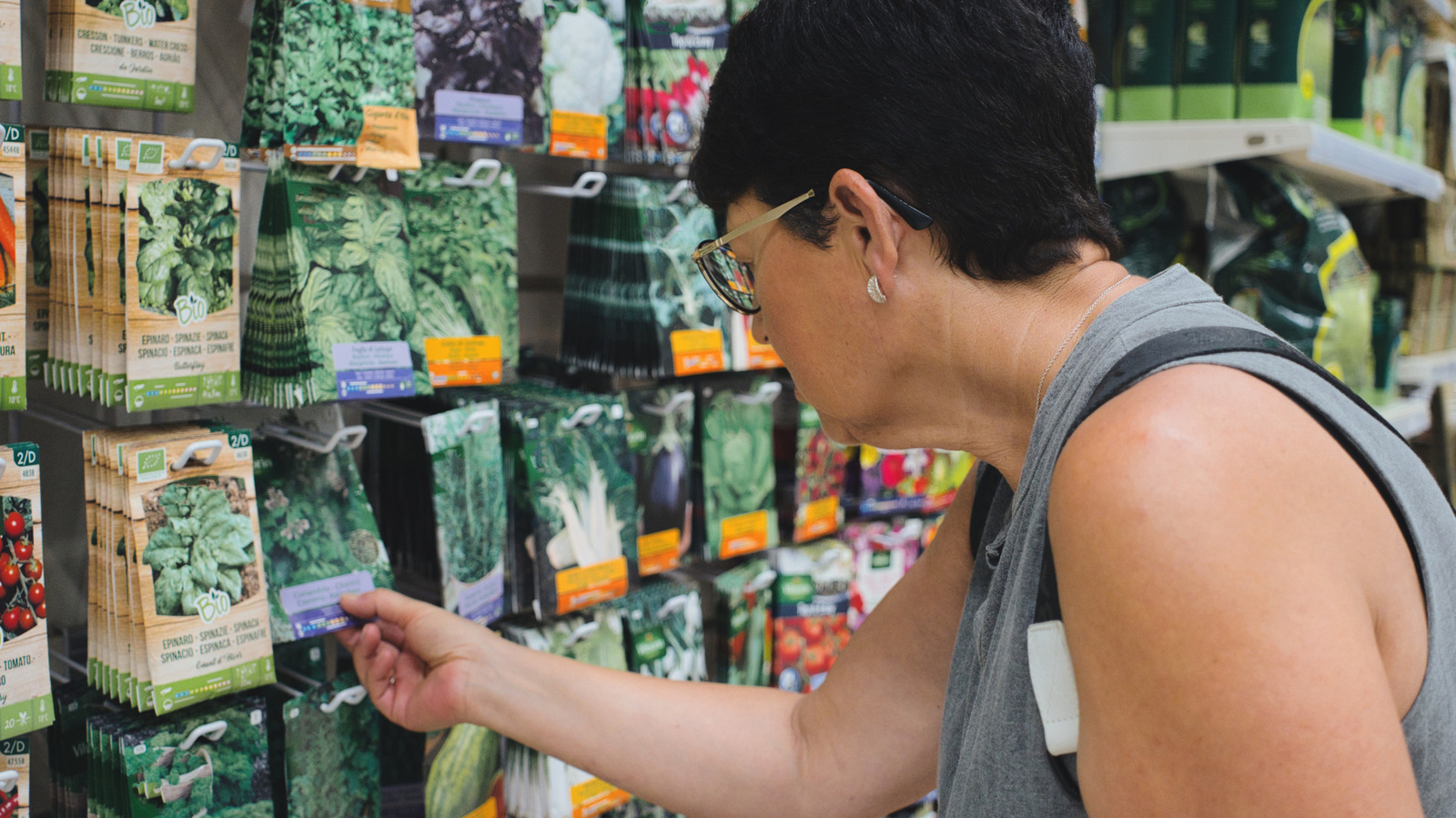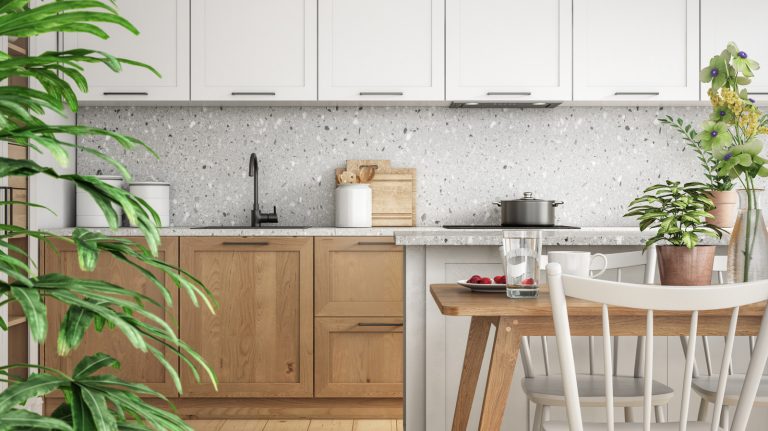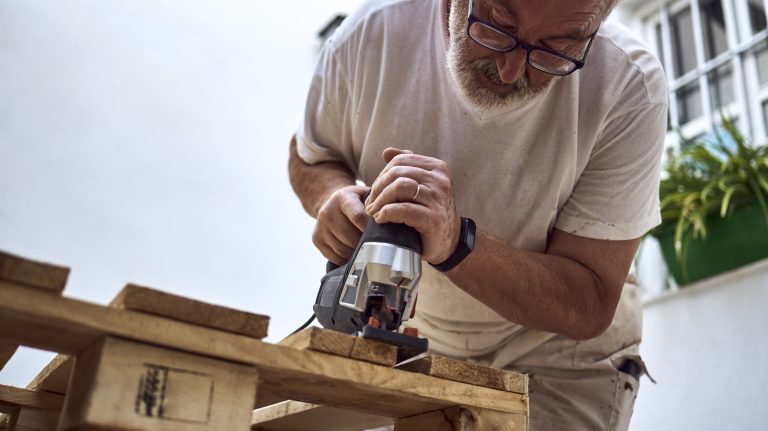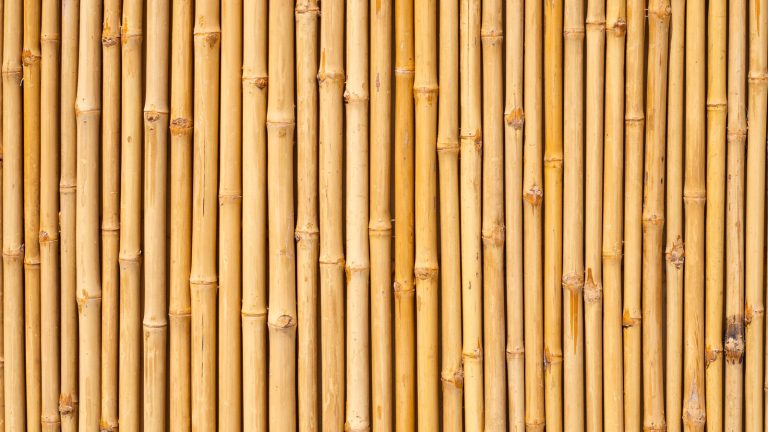
You’ve decided to transform your lawn from patchy to pristine with a grass seed ideal for overseeding. Alternatively, you might have chosen to attract more butterflies and native bees by replacing your lawn with a wildflower meadow. Whether you’re buying lawn seed or a wildflower mix, understanding the label’s information is crucial for achieving good germination rates and getting your money’s worth. Inert material, also known as inert matter, is a key percentage listed on a seed bag label, typically found near the bottom with weed seed percentages. This term refers to anything in the seed bag or lot that won’t grow, such as broken seeds, chaff, soil, sterile florets, fungus bodies, stones, wood shavings, empty seed hulls, sand, sticks, corn cobs, or sawdust. While you can’t completely avoid it, aim to select seed bags with minimal inert material.
Inert material percentages have been listed on seed labels for over half a century. For instance, its government-regulated inclusion was noted in a 1949 publication by the California Agricultural Extension Service. This classification remains relevant because it’s essential for determining seed purity. The more inert material a seed bag contains, the less viable seed is present. Consequently, fewer actual seeds lead to a patchier and more expensive lawn, wildflower meadow, or crop harvest, increasing the cost of seeds.
How to use inert material percentages to determine the best seed lot to buy
Bulk seed is packaged for sale by growers and is less pure than certified seed, which undergoes purity testing for factors like weed seed quantity and inert material percentages. Sorting seeds to assess viable seed percentages—whether they contain an embryo and endosperm—is a labor-intensive process performed manually and with specialized equipment in laboratories. High inert material percentages indicate a bag with minimal live seed and lots of filler. Conversely, a seed lot with high purity has lower inert material. As a rule of thumb, purchase seeds with 4% or less, up to 15% (excluding fertilizer coatings), of inert material.
Monitoring your garden budget and seeking ways to boost seed germination rates for a flourishing garden or lawn? Use inert material percentages to compare seed costs. For instance, subtract the inert material percentage from the seed packet weight you find online or in-store to get the live seed weight. Then, divide the price by this value to compare the price per weight across brands and find the best deal. Seed labels also list pure live seed (PLS) percentages, and a low PLS rate signifies higher rates of other materials. Use this figure to calculate the number of seed bags needed to cover an area—known as the seeding rate. Not a fan of math? The University of Wisconsin-Madison’s Team Forage Division of Extension offers an online calculator to help with this using the PLS percentage.
More to know about inert material in bags of seed
Given the importance of inert material percentages to seed purity, states mandate their inclusion on seed labels and regulate the permissible amount in a bag by law. For example, Arizona law limits seed labels to contain no more than 10% inert material, with exceptions for some species. Georgia seed law excludes coatings, pelleting material, fertilizer, and mulch from the inert material percentage, while the USDA Natural Resources Conservation Service includes coatings. New York State has distinct inert matter labeling requirements for various seed species. Although each state has unique seed labeling requirements, inert material percentages should always be listed on the label, or you can deduce them from the pure live seed (PLS) percentage if needed.
It’s worth noting that inert material can positively impact seeds. Treated seeds may be coated with fungicides, fertilizers, or pesticides, while a seed bag might include mulch, clay, or walnut shells to aid in seed broadcasting and hand sowing. Although these additions are beneficial, they may increase the inert material percentage and should be considered when comparing costs. Also, don’t confuse the inert material on a seed bag label with any inert material you add after purchase—for example, if you mix small seeds with sand before sowing (or with perlite, wet sand, sawdust, or cottonseed hulls) to enhance spreading and even distribution.






